If you’re contemplating tackling one of the world’s highest and most dangerous peaks, the Annapurna I Expedition 2025/2026 offers an intense and well-supported route. This isn’t your average trek — it’s a 40-day commitment that mixes the thrill of summit success with the logistical complexity of high-altitude mountaineering. As seasoned travelers and serious climbers consider this journey, it’s worth understanding what makes it both compelling and demanding.
We’re genuinely impressed by the thorough planning behind this expedition, especially the way it balances rapid ascent with proper acclimatization. The inclusion of helicopter transport, the support of licensed guides, and the focus on safety are notable. Still, this isn’t a casual adventure; the risks are real, and the costs reflect the high level of service and safety measures. This tour will suit those with a serious mountaineering background or a strong desire to push their limits in Nepal’s rugged Himalayas.
The biggest highlight? Reaching the 8,091-meter summit and enjoying panoramic views that only a handful of climbers will see. The contrasting experiences of remote villages, lush forests, and stark mountain landscapes make this expedition a comprehensive Himalayan adventure. But it’s also a test of physical endurance, mental fortitude, and careful planning.
Key Points
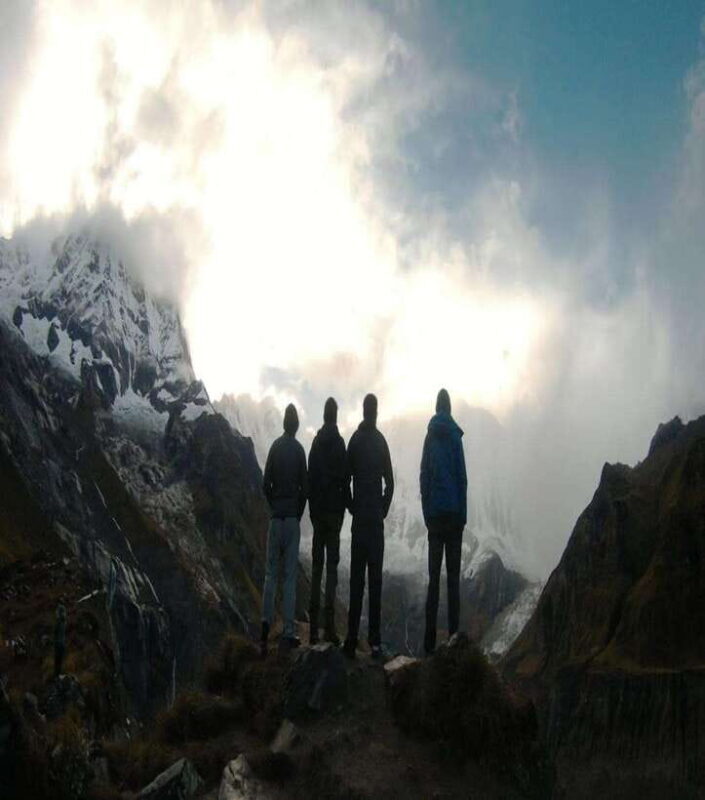
- Challenging but well-supported: Designed for serious climbers with professional guides, extensive safety measures, and logistical support.
- Includes helicopter transfers: From Dana to Annapurna Base Camp, saving days of trekking and easing acclimatization.
- High cost, high value: At $46,712, it offers comprehensive services, including permits, accommodations, supplies, and emergency support.
- Extensive climbing window: 26 days of actual climbing time, allowing for proper acclimatization and safety.
- Authentic Nepal experiences: Cultural elements like a farewell dinner with local entertainment, plus sightseeing options in Pokhara and Kathmandu.
- Risks are real: Known as the deadliest 8,000-meter peak, Annapurna demands respect and preparation.
Introduction to the Annapurna I Expedition Experience
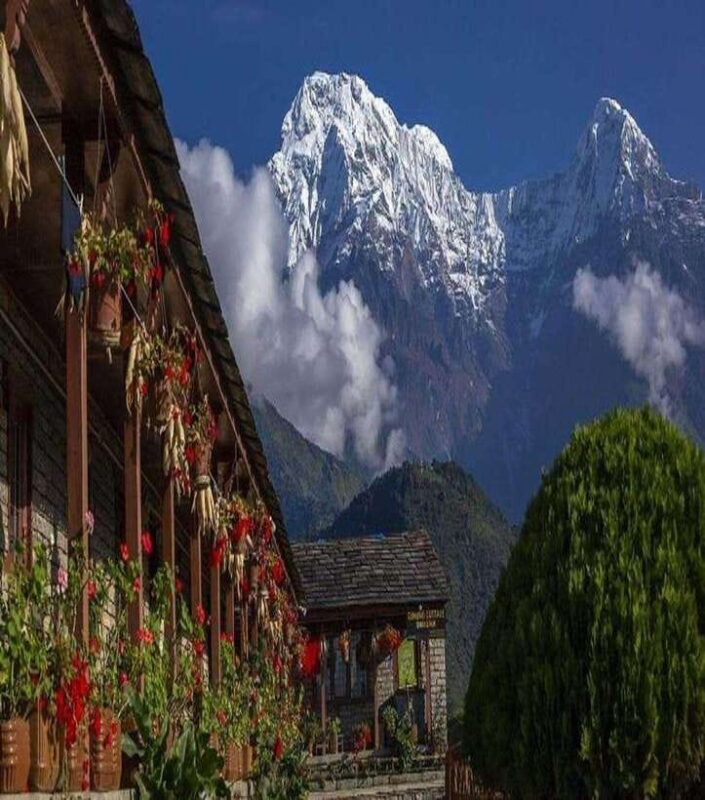
This expedition isn’t just about reaching a summit; it’s about doing so with a serious safety net in place. We love how Marvel Treks and Expedition have crafted a route that balances the extreme challenge of climbing Annapurna with the realities of high-altitude mountaineering — from helicopter flights to expert guides and comprehensive logistics.
What we find particularly appealing? First, the 40-day itinerary offers enough time for proper acclimatization and safety checks, crucial given Annapurna’s reputation. Second, the inclusion of helicopter transport for some parts of the journey makes this climb accessible for those who want a more streamlined expedition, saving physical energy for the ascent rather than long treks. One potential concern? The hefty price tag may put this experience out of reach for many, but the level of support and safety might justify the cost for dedicated climbers.
This adventure is best suited for experienced mountaineers or those with a solid climbing background, looking for a safe, guided, and supported route to one of the world’s most challenging peaks. It’s not a casual trek; it’s an intense, safe, and well-organized expedition that promises adventure and achievement.
You can also read our reviews of more tours and experiences in Kathmandu.
What You Can Expect from the Annapurna I Expedition 2025/2026

The Starting Point: Kathmandu and Pokhara
Your journey begins in Kathmandu, where your team will get acquainted and finalize preparations. After a flight to Pokhara, you’ll experience Nepal’s stunning lake city—a place that captures the spirit of adventure. From here, the expedition takes a turn toward the mountains, but not via the traditional long trek; instead, you’ll use a helicopter to fly from Dana directly to Annapurna Base Camp. This shortcut means more time for acclimatization and climbing, which is vital given the mountain’s deadliness.
The Drive and Helicopter to Base Camp
The drive from Pokhara to Dana offers scenic views of lush hills and terraced fields—a calm start before the altitude kicks in. The helicopter flight from Dana to Annapurna Base Camp (ABC) is a highlight, providing spectacular aerial views of towering peaks and glaciers. This mode of transport is relatively uncommon in Himalayan expeditions, reflecting the expedition’s premium support.
More Great Tours NearbyAcclimatization and Base Camp Life
Once at ABC, you’ll dedicate a day to acclimatizing—crucial for a mountain with such a high fatality rate. The base camp setup includes tents, kitchen, dining area, and basic facilities, all managed by licensed guides, Sherpas, and support staff. Expect to see a combination of practical organization and mountain camaraderie, with chefs preparing hearty meals and Sherpas preparing gear for the climb.
The Climb: An Intense 26-Day Window
The core of the expedition is the 26 days of climbing, divided into multiple phases: ascending from base camp to higher camps, establishing safety routes, and finally the summit push. The plan includes safety measures such as individual tents at advanced camps, oxygen support (available for extra charge), and medical backups.
Travelers can anticipate waking early, climbing in cold, thin air, with stunning views kept in mind to motivate every step. As you ascend, the terrain will challenge your technical skills—ice axes, ropes, and crampons become your tools. You’ll also be supported by high-altitude Sherpas and guides, vital in this notoriously dangerous mountain.
Summit Day: The Ultimate Reward
The summit push is an all-day effort, often starting before dawn. Reaching 8,091 meters offers a sense of achievement few will forget. The panoramic views stretch endlessly, with a sea of peaks and deep valleys below. The descent back to base camp is just as crucial—rest, recovery, and preparation for the helicopter descent follow.
Return Journey and Leisure Time
After descending, the helicopter will ferry you back from Annapurna Base Camp to Dana, then a drive to Pokhara. The last few days include leisure and sightseeing in Pokhara—think crystal-clear lakes, mountain vistas, and relaxed Nepalese hospitality.
Kathmandu and Farewell
Your final days involve flying back to Kathmandu, where you can unwind, reflect, and enjoy a farewell dinner with your team. The entire experience wraps up with practical arrangements for your departure, ensuring no detail is overlooked.
The Value of This Expedition
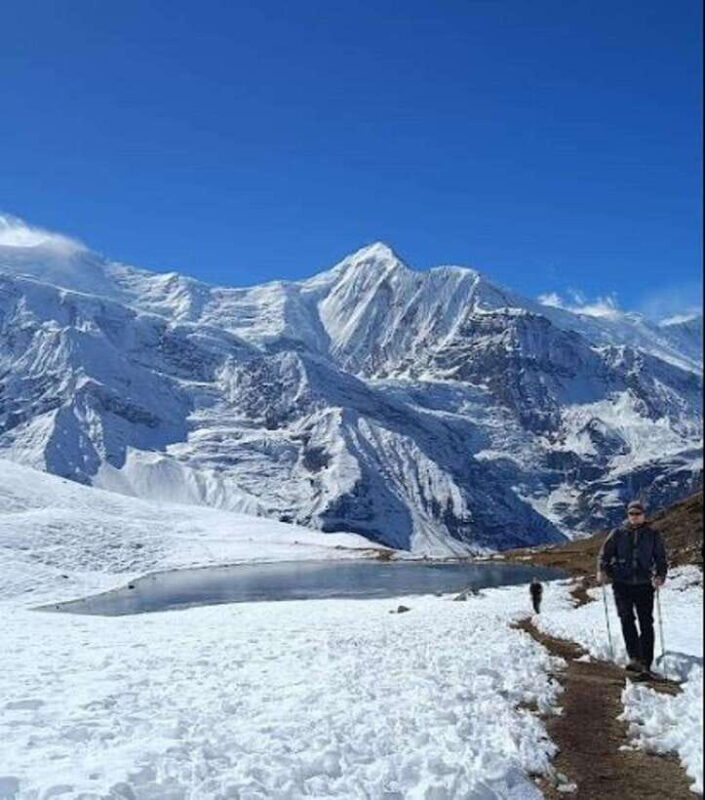
At $46,712 per person, this is a significant investment. However, the costs include not only permits and helicopter flights but also safety equipment, expert guides, porters, accommodations, meals, and emergency support. For climbers who value a high level of support in such a dangerous environment, this can be justified. The logistics, safety measures, and experienced support make it a compelling package.
The inclusion of helicopter transport from Dana to ABC is a game-changer, saving days of physically demanding trekking and allowing more time for acclimatization and climbing. This approach appeals especially to climbers with limited time but serious ambitions.
In terms of support, the expedition provides full base camp services: tents, a chef, and medical coverage. Emergency oxygen is available for an extra charge, and the expedition is guided by licensed professionals fluent in English and Nepali.
Why This Matters for Travelers
Choosing an expedition like this is about more than just checking a mountain off your bucket list. It’s about doing so with safety and support tailored for this specific challenge. You’ll encounter some of the most stunning mountain vistas on Earth, experience Nepalese culture in the villages along the way, and push your limits in a safe, organized manner.
Who Should Consider This Climb?
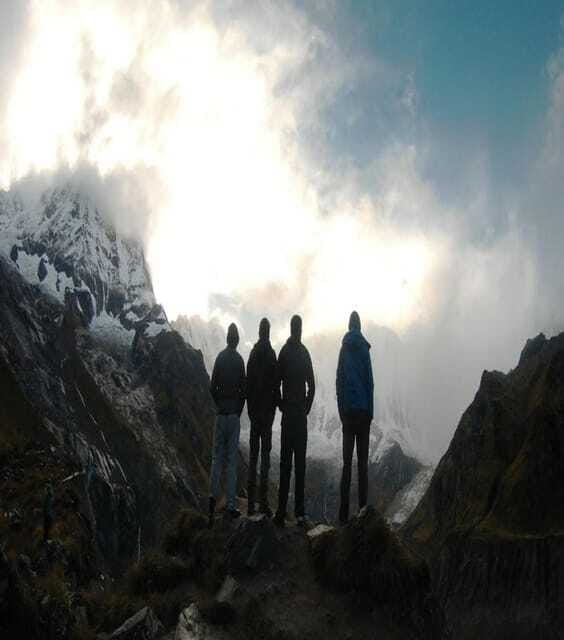
This expedition is best suited for experienced climbers who are comfortable with high-altitude conditions and technical terrain. It’s not recommended for beginners or inexperienced trekkers. If you’re looking for a guided, supported route with less physical strain due to helicopter transfers, this package offers a compelling way to challenge yourself. The comprehensive planning, safety measures, and cultural experiences make it attractive for climbers who want a serious but well-supported Himalayan adventure.
Final Thoughts
The Annapurna I Expedition 2025/2026 is a carefully curated journey for those who are prepared to face one of the Himalayas’ most formidable peaks. It combines technical challenge with logistical support, ensuring safety without sacrificing the thrill of high-altitude mountaineering. The stunning vistas, remote villages, and the sense of achievement await those willing to invest in this demanding but rewarding expedition.
This climb isn’t for the faint-hearted, but if you’re a seasoned climber with a goal to summit one of the world’s deadliest mountains, this expedition offers a unique blend of support, adventure, and authentic Himalayan experience.
FAQ
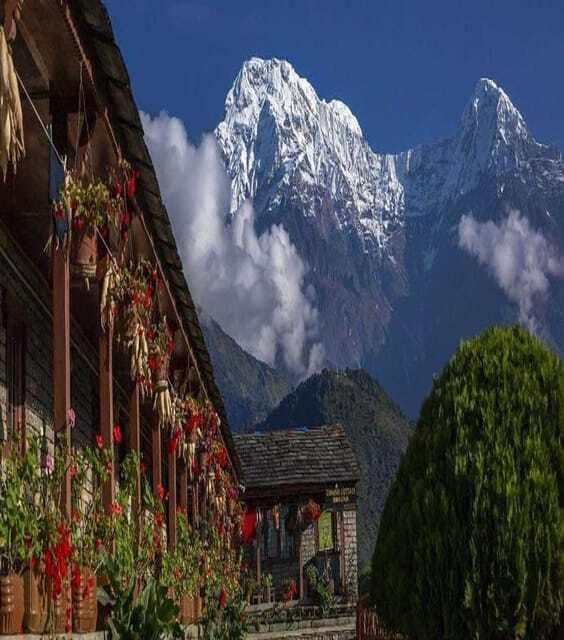
Is the expedition suitable for beginners?
No, this is designed for experienced climbers with high-altitude mountaineering knowledge. It’s not a beginner-level trek.
What is included in the price?
The price covers permits, helicopter flights, accommodations, meals, guides, porters, base camp equipment, safety gear, and cultural activities like the farewell dinner.
Are rescue and emergency services included?
Rescue deposit (~$2,500) is covered by insurance, and emergency oxygen is available for an extra charge. Medical and travel insurance are not included but recommended.
How long is the climbing window?
The expedition dedicates 26 days to climbing, allowing ample time for acclimatization and a safe ascent.
What is the main challenge of this expedition?
The high fatality rate of Annapurna I underscores the mountain’s danger. The technical terrain, high altitude, and unpredictable weather make it a formidable challenge.
Is this a private group experience?
Yes, the tour is organized as a private group, offering more personalized support and flexibility.
What are the accommodations like?
In Kathmandu and Pokhara, you’ll stay in hotels, while at base camp, you’ll have individual tents. Basic amenities are provided at base camp, with a focus on safety and function.
How do transportation arrangements work?
Flights connect Kathmandu and Pokhara, while a helicopter from Dana to Annapurna Base Camp saves days of trekking and simplifies acclimatization.
What kind of cultural experiences are included?
A farewell dinner with Nepali cultural entertainment provides a taste of local traditions.
When can I reserve my spot?
Booking allows you to reserve now and pay later, offering flexibility. Check the availability for your preferred starting time.
To sum it up, this expedition offers a compelling package for serious climbers seeking to summit Annapurna I with expert support and logistical ease. While the price is substantial, the safety features, helicopter transport, and comprehensive services provide value for those committed to conquering one of the Himalayas’ most challenging giants.
You can check availability for your dates here:More Tour Reviews in Kathmandu
Not for you? Here's more nearby things to do in Kathmandu we have reviewed
- From Lukla: Everest Base Camp (EBC) 10-Day Trek
- Kathmandu : Everest Mountain Flight – with Private Transfers
- Full Day : Kathmandu Sightseeing By Bus Day Trip
- Kathmandu: 7 UNESCO World Heritage Sites Day Tour
- Kathmandu: 8-Day Langtang Valley Trek with Transfers
- Thamel Rickshaw Tour
- Everest View Motorbike Tour- 6 Days
- Kathmandu: Top 4 UNESCO Sites Private/Group Tour with Lunch
- From Oceans to Mountains-9 Days (Nepal Guided Tour)
- From Kathmandu: Everest Base Camp Helicopter Tour landings
- Kathmandu: Food and Drink Walking Tour
- Life and spirituality tour of Kathmandu
